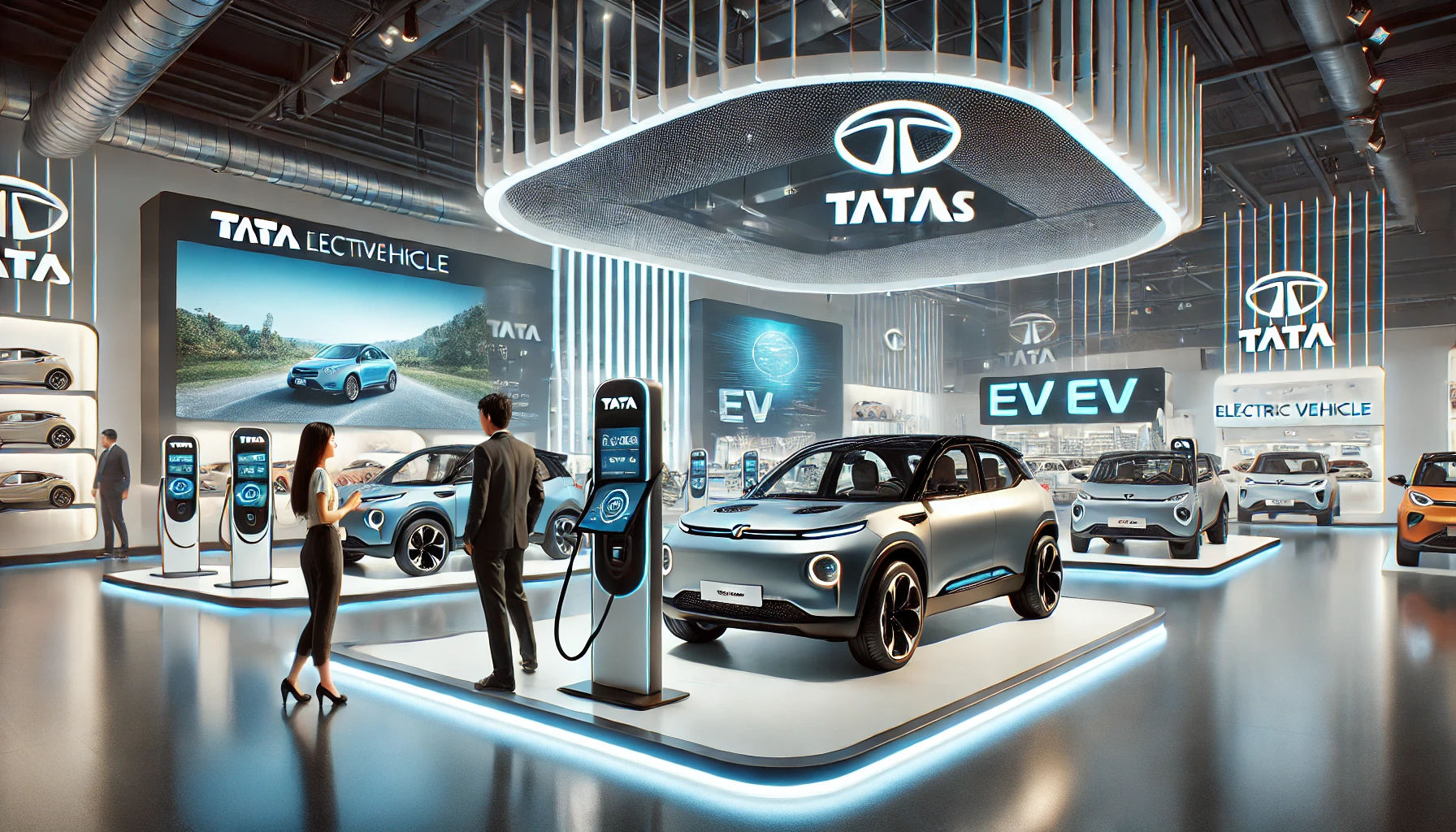Tata Motors, India’s leading electric vehicle (EV) manufacturer, has seen its market share decline from 73% in 2023 to 62% in 2024 due to rising competition from JSW MG Motor India, Hyundai Motor India, and Mahindra & Mahindra. However, Shailesh Chandra, Managing Director of Tata Motors passenger vehicles and Tata passenger electric mobility, remains confident in the company’s long-term leadership.
Chandra acknowledges the shifting market dynamics but emphasizes that short-term market share is not the primary focus. Instead, Tata Motors is committed to strengthening its leadership through a five-point strategy.
1. A Diverse Portfolio Across Price Segments
Tata Motors aims to offer the widest range of EVs, catering to all price points from entry-level to premium models. Chandra highlights that this strategy will be most effective as the market expands. However, he also cautions that without rapid market growth, internal competition between Tata’s own models could become a challenge.
2. Appealing to Gen Y & Gen Z Consumers
By 2030, Gen Y and Gen Z will make up 85% of car buyers, with preferences shaped by digital connectivity, technology, and aspirational lifestyles. Tata Motors is aligning its product strategy to meet these expectations while ensuring competitive pricing to attract younger consumers.
3. Leveraging Reliability & Experience
With over 10,000 Tata EV owners collectively driving more than 100,000 kilometers each, the company has gained valuable insights into EV reliability. This real-world experience gives Tata Motors a competitive edge over newer entrants, who will need time to navigate India’s unique driving conditions.
4. Enhancing Customer Experience
Beyond manufacturing vehicles, Tata Motors prioritizes customer experience, including charging infrastructure. The company is expanding its Tata EV Centers to offer not only faster charging solutions but also a superior ownership experience.
5. Expanding Beyond Metro Cities
Currently, metro cities contribute to 40% of EV sales, but Chandra sees greater growth potential in Tier 2 and Tier 3 cities. Tata Motors is focusing on expanding its presence in these regions to drive widespread EV adoption across India.
The Road Ahead
Despite increasing competition, Tata Motors is confident in its long-term vision. “Our deep understanding of the market and these five core strategies will determine who remains the long-term leader,” Chandra concluded.
Disclaimer:
This content is for informational purposes only and does not constitute financial, investment, or trading advice. Market conditions are subject to change, and past performance is not indicative of future results.











